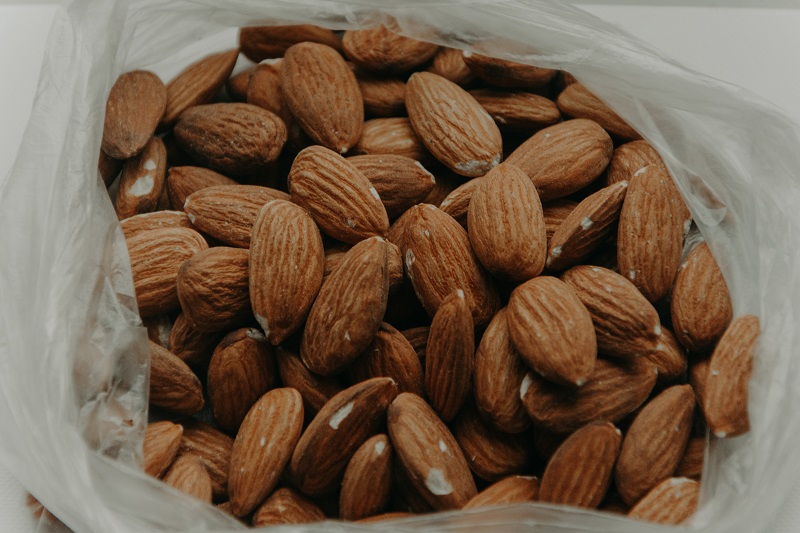Reinforcing Agriculture Research Of Utmost Importance [Opinion]
 The end of methyl bromide spans a long history, starting in 1993 with a freeze of baseline uses to the 100% phase-out in 2005 (except critical use exemptions). Applications were submitted in Florida for critical use exemptions, but they were denied by EPA. And, all exemptions are slated to end in 2016, so it’s goodbye, adiós, hasta la vista to methyl bromide.
The end of methyl bromide spans a long history, starting in 1993 with a freeze of baseline uses to the 100% phase-out in 2005 (except critical use exemptions). Applications were submitted in Florida for critical use exemptions, but they were denied by EPA. And, all exemptions are slated to end in 2016, so it’s goodbye, adiós, hasta la vista to methyl bromide.
As the years have passed since the fumigant was available, nematodes, soilborne pathogens, and weeds have been on the rise with some fields and crops severely impacted. That is why we chose to dedicate significant coverage to these challenges in the past three issues of the magazine.
I learned a lot in the process of writing these stories, mainly that the available alternatives can work in suppressing pest pressures — the products just have to get to the right places in the beds. The important relationship between growers and research institutions like UF/IFAS and USDA also was reinforced during this process.
Scientists at UF/IFAS have been intimately involved in designing new equipment to help growers live in the post-methyl bromide era. Dr. Joe Noling, a UF/IFAS nematologist, has developed his “super probe” to take nematode soil samples below the traffic pan because the little buggers like hanging deeper than once thought. He also has worked with Mirusso Industries to develop a deep shank to deliver fumigants well below the bed.
Dr. Gary Vallad, a UF/IFAS plant pathologist, has been experimenting with a coulter that applies fumigant on the side of beds to get fuller coverage. It is making a big improvement in the performance of disease control applications. And, UF/IFAS weed scientist Nathan Boyd is designing fumigant shanks that deliver fumigants deep and shallow in the bed for better distribution.
All of this tinkering with equipment shows the ingenuity of these researchers in helping growers find viable solutions to real and growing pest problems. And, they are looking to do it in a way that doesn’t blow up an entire production system built around methyl bromide. That would cost growers way more than making adjustments to the current system.
I think it also is important to recognize the important role grower cooperators play in this equation. Farms like DiMare Fresh have opened their fields up to the researchers for experimentation and also have offered their expertise in farming and finding solutions. Farmers just have a knack for finding better ways to grow.
The researchers would agree the grower cooperator is a critical element in successfully replacing methyl bromide. They need more cooperators spread over different parts of the state to develop a system that works for everyone.
We are still a ways out from finding the best replacement combinations for methyl bromide, but we’ll get there. As Gary puts it: “Everything we are doing right now is still proof of concept. I am confident we’ll fabricate a better way of managing these soilborne diseases. I have learned to never underestimate the ingenuity of American farmers like Scott DiMare and others.”










